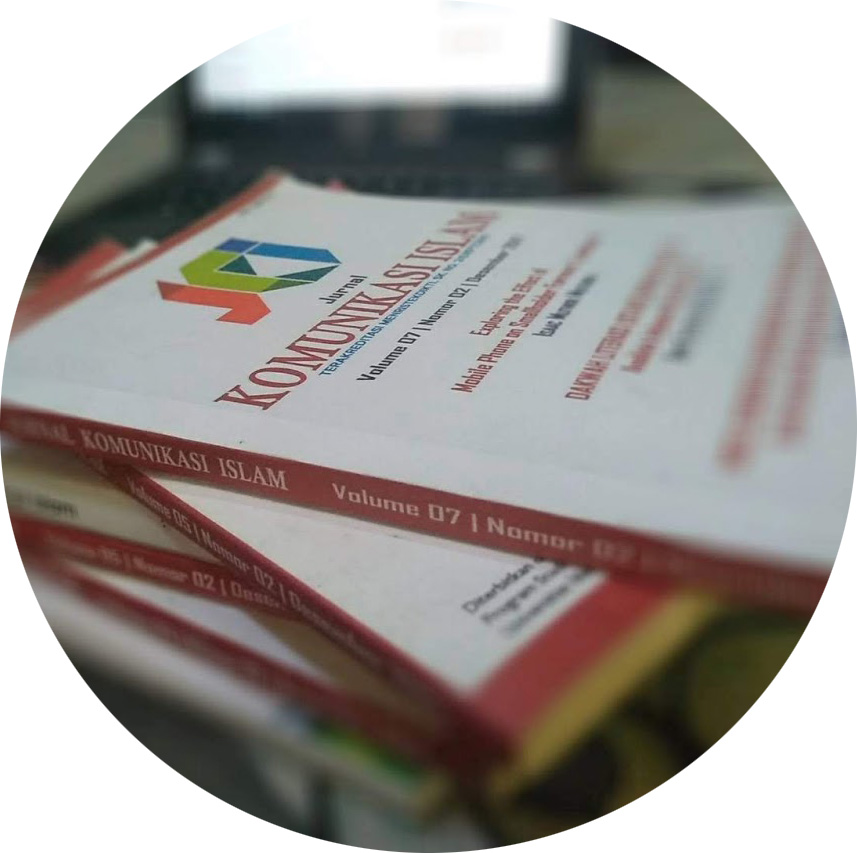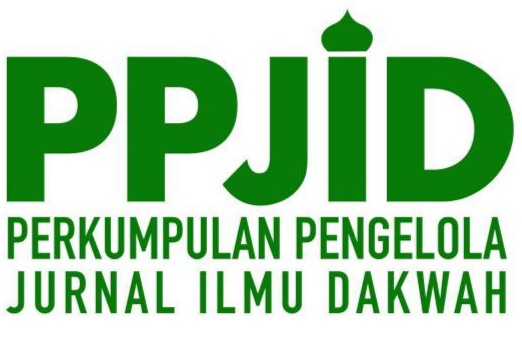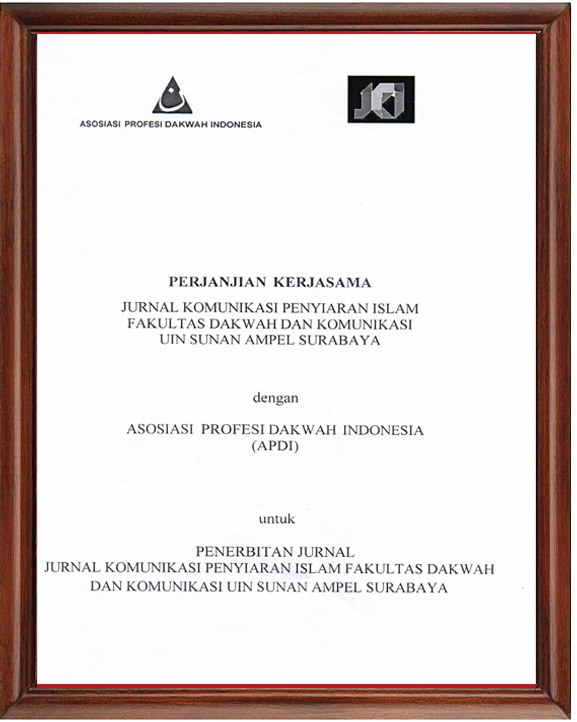Konstruksi Jender dalam Pertarungan Simbolik di Media Massa
DOI:
https://doi.org/10.15642/jki.2013.3.2.268-291Abstract
This article examines gender construction in a symbolic dispute in the mass-media that covers euphe–mism and form of censorship. Using critical discourse analysis and hermeneutic, the study concludes that euphe–mism style of male and female in mass media is perceived as a process of shaping and constructing the role patterns of the male and female which then externalized to be a culture. In order to avoid being seen as a violence, gender construction of male and female is done by a variety of styles; changing, neutrallizing the general meaning and defining definition differrently. The form of censorship used by the perpetrator of gender construction in order to maintain the domination is conducted by conceptualizing and reconceptualizing “honor moral” of male and female.
Keywords: gender, symbolic struggle, mass media
----------------------------------------------------------------------------
Artikel ini membahas konstruksi jender dalam pertarungan simbolik di media massa yang meliputi ben–tuk eufimisasi dan sensorisasi. Dengan memakai analisis wacana kritis dan hermeneutika, studi ini menyimpulkan bahwa gaya eufimisasi laki-laki dan perempuan di media massa disikapi sebagai proses pembentukan peran laki-laki dan perempuan, sehingga tereksternalisasi menjadi suatu kaidah budaya. Agar tidak tampak sebagai suatu bentuk kekerasan, proses konstruksi jender laki-laki dan perem–puan dilakukan dengan menggunakan gaya penggantian, penetralisasian makna umum, dan pendefinisian distingtif. Bentuk sensorisasi yang digunakan pelaku konstruksi jen–der untuk mempertahankan dominasi ialah dengan kon–septualisasi dan rekonseptualisasi “moral kehormatan” laki-laki dan perempuan.
Kata Kunci: jender, pertarungan simbolik, media massa
Downloads
References
Coulmas, Florian. 2005, Sociolinguistics, The Study of Speakers’ Choices, Cambridge University Press, New York.
Duranti, Alessandro. 2001, The Key Term in Language and Culture. Blackwell. Publisher, Oxford.
Greene, Robert Lane. 2011, You Are What You Speak: Grammar Grouches, Language Laws, and the Politics of Identity, Delacorte Press, New York.
Holmes, Janet. 1992, An Introduction to Sociolinguistics, Longman, London.
Jespersen, Otto. 1922, Language: Its Nature, Development and Origin, The MacMillan Company, New York.
Kuntjara, Esther. 2004, Jender, Bahasa dan Kekuasaan, BPK Gunung Mulia, Jakarta.
Lakoff, Robin Tolmach. 2004, Language and Woman's Place: Text and Commentaries, edisi revisi dan diperluas; dieditori oleh Mary Bucholtz, Oxford University Press, New York.
Hall, J. A. & Matsumuto, D. 2004, ‘Jender Differences in Judgments of Multiple Emotions From Facial Expressions,’ Emotion, 4, pp. 201-206.
Rosip, J. C. & Hall, J. A. 2004, ‘Knowledge of Nonverbal Cues, Jender, and Nonverbal Decoding Accuracy, Journal of Nonverbal Behavior, 28, pp. 267-286.
Rusdiarti, Suma Riella. 2003, ‘Bahasa, Pertarungan Simbolik dan kekuasaan’, Basis, Edisi 11-12 (November-Desember).
Spangler, L. 1995, ‘Jender Specific Nonverbal Communication: Impact of Speaker Effectiveness’, Human Resource Development Quarterly, 6, pp. 409-419.
Tannen, Deborah. 1991, You Just Don't Understand: Women and Men in Conversation, Ballantine Books, New York.
Thomas, Linda and Shân Wareing. 2003, Language, Society, and Power, Routledge, New York.
Downloads
Published
How to Cite
Issue
Section
License
Copyright (c) 2013 Itsna Syahadatud Dinurriyah

This work is licensed under a Creative Commons Attribution-NonCommercial-ShareAlike 4.0 International License.













